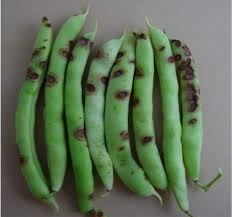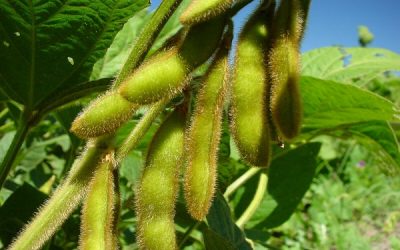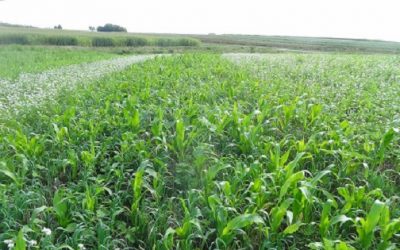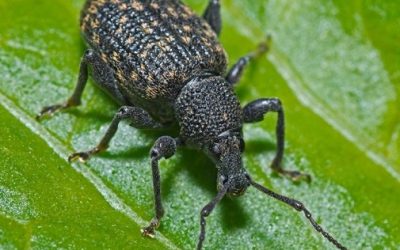Why your Beans may have brown spots

Like any other vegetable or fruit, beans are subject to pests and diseases that may make them look different. Brown spots on any kind of bean may indicate environmental problems, insect damage, diseases caused by mold, viruses or bacteria, or a bean stored past its prime.
Insects, disease and age can all result in brown spots on beans, as can water problems (which may encourage disease). They include:
Anthracnose – fungus; severe damage near soil line.
Bacterial Brown Spot – water-soaked spots on foliage are brown with yellow margins.
Bacterial Blight – spots on both leaves and pods; rust-colored and may ooze yellow fluid.
Insects – aphids, various beetles and whiteflies cause chewing damage.
Brown Spots on Harvested Beans
With green beans (any bean harvested in the immature stage), the most likely reason for brown spots is that the beans are past their prime. They aren’t unsafe to eat, but you might want to use them in soups, stews or casseroles rather than as a stand-alone side dish. Store them in a plastic bag in the crisper drawer to keep fresh for about a week.
Brown Spots From Insects
Insects can cause brown spots in bean pods and bean leaves by feeding on them. In most cases, you’ll see a round hole that’s brown around the edges. Some insects may cause a brown blister-like lump on the bean pod. Although healthy plants can withstand a little insect damage, many insects either spread disease or allow organisms to enter through the holes they chew.
Brown Spots From Diseases
A number of diseases can cause brown areas on beans and bean leaves. Unlike insect damage, these are more likely to appear as irregular splotches, spots or streaks. Bacterial and fungal diseases are the most common culprits. The location of the discolored areas can be a clue to the cause, so inspect plants carefully. Color variations – yellowish, orange or purplish – can also provide clues.
Preventing Brown Spots
Prevention starts with identifying the problem. Check the soil to make sure it is neither too wet nor too dry. It should be moist about one inch below the surface. Look for insects – both flying and crawling – as well as egg clusters. Ensure your soil is fertile to give beans enough nutrition to withstand minor insect attacks. Remove and burn any plant that looks diseased.
Treating Bean Spots
Treatment, of course, depends on the cause. Fungal diseases often result from over-watering or sprinkling the leaves. Use drip irrigation and don’t work with wet plants. Fungal infections often respond to neem oil or tea tree oil, both of which have fungicidal properties. Spray plants every 10 days. Hand pick insects or use approved organic insecticides.


